Latin American literature consists of the literature of the Spanish-speaking countries of the Western Hemisphere, of Puerto Rico and the Spanish-speaking communities of the United States, and of Portuguese-speaking Brazil. For the historical background of the literature, see Latin America.
Colonial literature
The colonial period began with the first Spanish and Portuguese explorations of the New World in the late 1400’s. The earliest colonial literature consisted mostly of crónicas (chronicles) and narratives written by soldiers and missionaries who described their amazing encounters with the land and its people. The authors mixed fantasy with realism in describing their adventures and contacts with unfamiliar peoples, customs, animals, and plants.
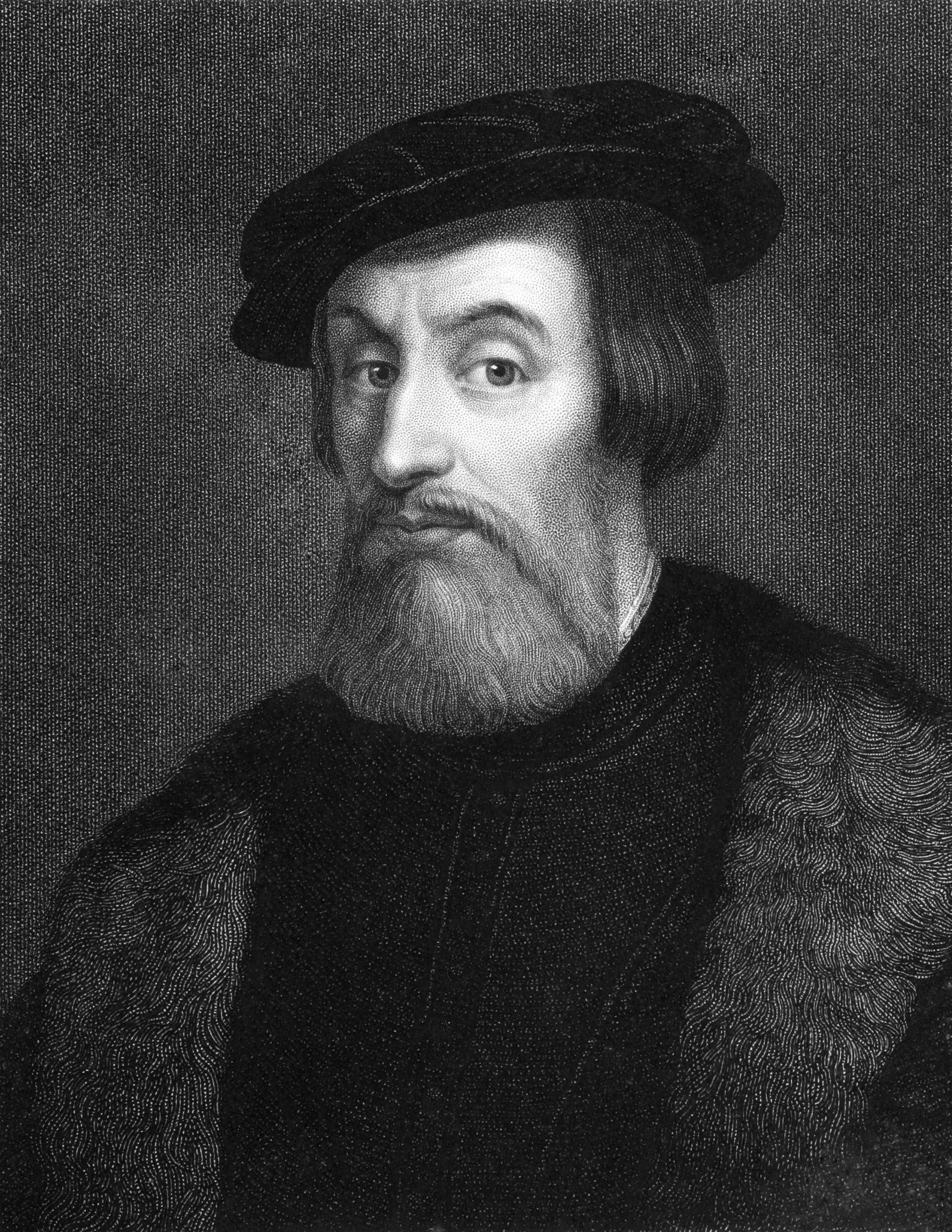
The first such chronicle is “Letter to Luis de Santangel” (1493), in which Christopher Columbus announces to King Ferdinand and Queen Isabella of Spain his discovery of a new world. Santangel was a royal secretary in charge of finances. This first chronicle led the way to other chronicles of the conquest, such as those written by Hernán Cortés and Bernal Díaz del Castillo. Cortés, the Spanish conqueror of the Aztec Empire, wrote five reports for King Charles I of Spain. His accounts, known as the Five Letters (1519-1526), give an intriguing and detailed description of his exploits. Díaz del Castillo, who participated in the conquest led by Cortés, chronicled the same events in The True History of the Conquest of New Spain (1522).
In contrast to these often exotic accounts, the Dominican missionary Bartolome de Las Casas criticized the brutal treatment of the Indians by the Europeans in The Devastation of the Indies: A Brief Account (1552). The chronicle Royal Commentaries (1609) by Garcilaso de la Vega, who was known as El Inca, dramatizes the history of the Inca Empire of South America. De la Vega emphasizes the perspective of the indigenous (native) people.
The greatest poem of the time was La Araucana (1569-1589) by Alonso de Ercilla y Zúñiga. It praises the heroic resistance of Chilean Indians against the Spanish invaders. The first colonial poet to write in Portuguese was Bento Teixeira Pinto. His epic Prosopopéia (1601) deals with the interaction between individuals and nature in the American environment.
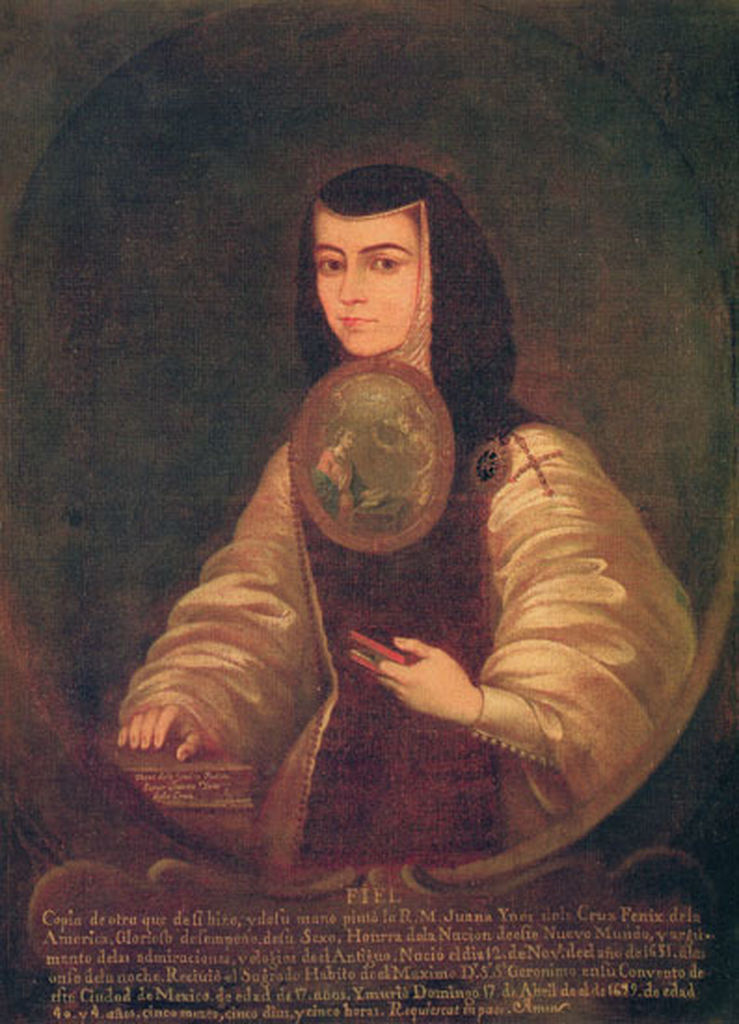
A new literary style called the Baroque emerged during the second half of the 1600’s. Baroque authors wrote in an ornate and artificial style and used cutting wit and intricate wordplay, producing works that were often difficult to understand. The Mexican Roman Catholic nun Sor Juana Inés de la Cruz is generally considered the leading writer of the Baroque period and the finest writer in colonial Latin American literature. She wrote plays, satires, philosophical works, and poetry.
Juan del Valle y Caviedes of Peru and Gregório de Matos of Brazil composed satirical poetry that criticized the corruption they observed in their societies. The Brazilian poet Tomás Antônio Gonzaga wrote one of the finest lyric poems in the Portuguese language, the love poem Marília de Dirceu (1792). The Brazilian writers José Basílio da Gama and José de Santa Rita de Durão continued the tradition of epic poetry. Da Gama’s Uruguay (1769) describes the war between European conquerors and the Paraguayan Indians. De Durão’s Caramurú (1781) narrates the discovery and settlement of Brazil.
The 1800’s
Hostility toward Spain and Portugal because of the power they exercised over their colonies inspired Latin American writers to both satire and patriotism. José Joaquín Fernández de Lizardi wrote what is typically considered the first Latin American novel, The Itching Parrot (1816), a satirical story about the corrupt colonial society of Mexico City. José Joaquín Olmedo of Ecuador wrote the famous patriotic poem “The Victory at Junín: Song to Bolívar” (1825).
Romanticism
was a cultural movement that began in Europe in the late 1700’s and spread to Latin America. Romanticism emphasized individualism and nationalism. It also stressed artistic freedom to pursue new subject matter and fresh literary forms.
José María Heredia of Cuba was one of Latin America’s earliest Romantic writers. He wrote the melancholy nature poem “On the Pyramid of Cholula” (1820).
A type of Romanticism called nativism developed in the 1800’s. Nativist writers dealt with the distinctive regional characteristics of their countries. For example, Esteban Echeverría of Argentina expressed his love of the vast Argentine plains, known as the Pampas, in his lyric poetry. However, Echeverría is best known for his politically charged short story “The Slaughterhouse” (written in 1831 and published in 1871).
Gaucho literature became especially popular during this time. Gauchos were treated as nomadic cowboys and romantic outlaws. José Hernández of Argentina wrote the best-known example of gaucho literature, the two-part epic poem Martín Fierro (1872, 1879). This work recounts the gaucho hero’s lonely life, his encounters with Indians, and the harsh treatment he receives from an insensitive government.
During the Romantic period, the novel flourished as a literary form. Jorge Isaacs of Colombia wrote María (1867), a sentimental love story that remains one of the most popular works in Latin American literature. Ignacio Manuel Altamirano of Mexico and José Mármol and Domingo Faustino Sarmiento of Argentina were liberal writers opposed to political injustice. Sarmiento combined essays and fiction in Civilization and Barbarism: Life of Juan Facundo Quiroga (1845), a fundamental text in Latin American literature.
To the Romantics, such non-Europeans as the Indians were considered superior because they were not corrupted by European civilization. This concept of the noble savage became a popular theme during the 1800’s. Indians were the heroes of the novels O Guaraní (1857) by José de Alencar of Brazil and Cumandá (1879) by Juan León Mera of Ecuador, and of the epic poem Tabaré (1888) by Juan Zorrilla de San Martín of Uruguay.
The Peruvian writer Ricardo Palma created a literary form called tradiciónes, prose sketches that combined history, legend, gossip, stories, and humor. Palma’s tradiciónes were collected in Peruvian Traditions and published from 1872 to 1910.
Realism
was a literary movement that developed in the late 1800’s. The main goal of Realism was to demonstrate how human beings are influenced by their social environment. Some Realist writers tried to capture reality in a detailed and objective way. Others wrote in a more severe and pessimistic form of Realism called Naturalism.
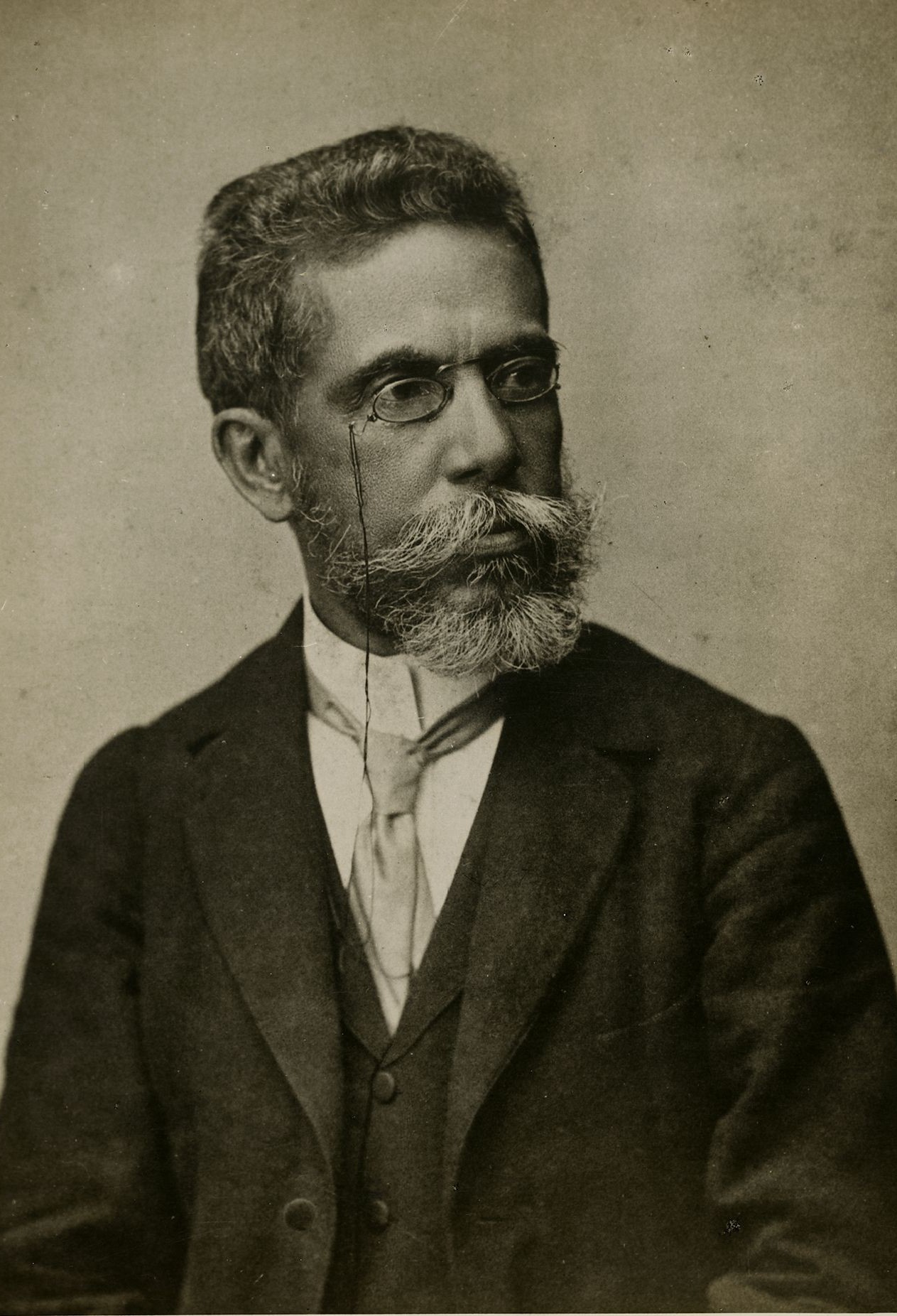
The most important Realist was the Brazilian novelist Joaquim Maria Machado de Assis. His best-known novels, Epitaph of a Small Winner (1881) and Dom Casmurro (1900), show a mastery of characterization and narrative technique. Other leading Latin American Realists included the novelists Alberto Blest Gana and Baldomero Lillo of Chile, Clorinda Matto de Turner of Peru, Eugenio Cambaceres of Argentina, and Federico Gamboa of Mexico. The best-known Realist playwright was Florencio Sánchez of Argentina, who wrote about human conflict in rural Argentina.
A number of writers emphasized local customs, habits, and speech in sketches, short stories, and novels known as costumbrismo. The leading costumbrista authors included Javier de Viana of Uruguay, Roberto J. Payró of Argentina, and Tomás Carrasquilla of Colombia. All of these writers emphasized descriptions of local rural landscapes and character types in their stories.
Modernism,
which lasted from about 1888 to 1910, was one of the most significant literary periods in Latin American literature. The most important writers were poets. The Nicaraguan poet Rubén Darío gave Modernism its form. Darío believed that poetry should avoid messages and should strive to attain beauty in its purest form while liberating verse from traditional styles. Darío’s book of poems called Azul… (1888) marked the beginning of Modernism. In their search for the unusual, poets turned to such exotic sources as Greek, Asian, and Nordic mythology. These poets included Leopoldo Lugones of Argentina, Julián del Casal of Cuba, and Manuel Gutiérrez Nájera of Mexico.
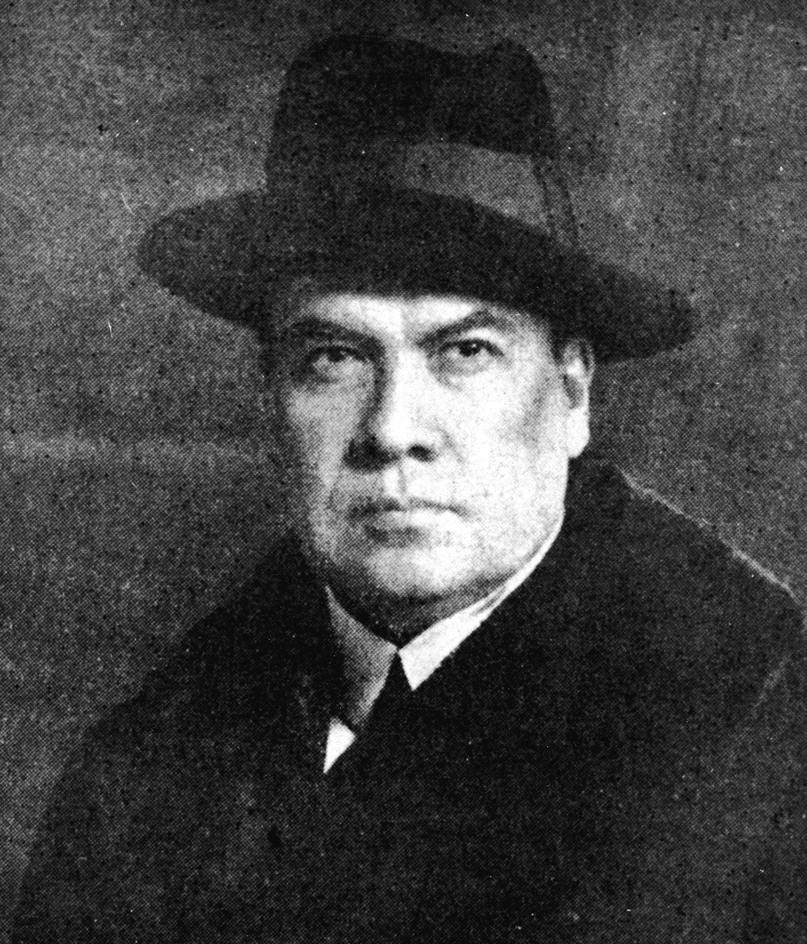
José Enrique Rodó, a Uruguayan essayist, exerted almost as much influence as Darío, with his essay Ariel (1900), which became a landmark of Latin American thought. Rodó appealed to the young people of Latin America, urging them to strive for idealism and high spiritual goals, both of which he believed were threatened by modern materialism. José Martí of Cuba was another influential Latin American intellectual. A celebrated journalist, essayist, and poet, he was honored as a patriot after he died fighting for Cuban independence.
The 1900’s
The early 1900’s.
A group of women poets won praise during the early 1900’s for poems that dealt with love and womanhood in a society dominated by men. In 1945, the Chilean poet Gabriela Mistral (whose real name was Lucila Godoy Alcayaga) became the first Latin American writer to receive the Nobel Prize in literature. Other leading women poets included Delmira Agustini and Juana de Ibarbourou of Uruguay and Alfonsina Storni of Argentina.
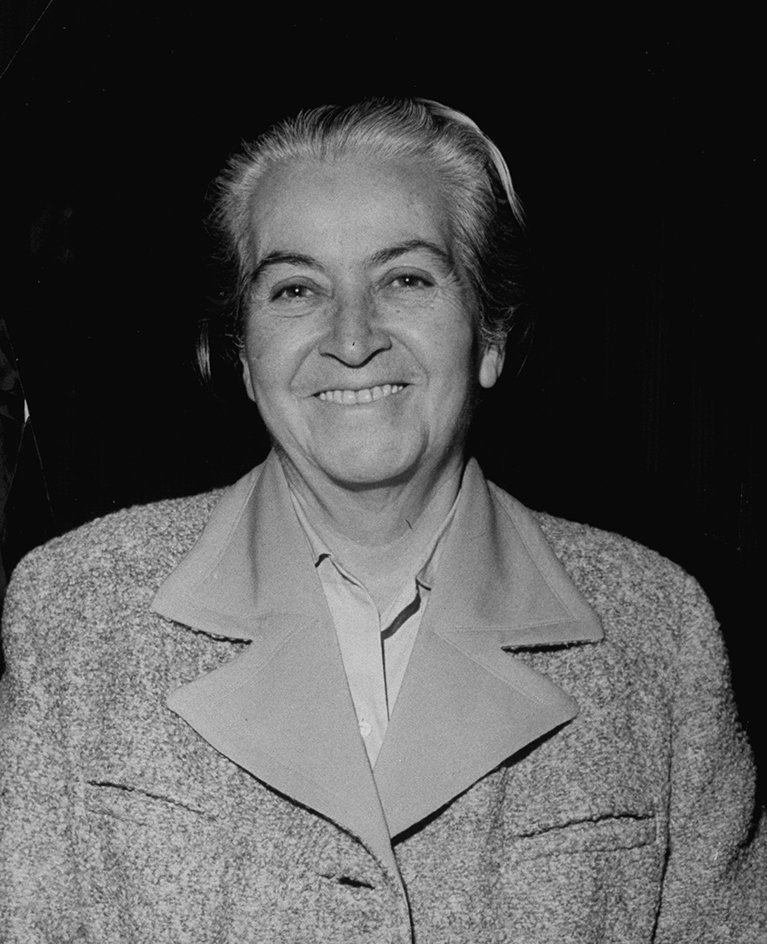
Several vanguard poets of the 1920’s experimented with radical forms and techniques. The most important of these poets were Vicente Huidobro and Pablo Neruda of Chile, César Vallejo of Peru, Mario de Andrade of Brazil, and Jorge Luis Borges of Argentina. These poets intended to reveal the inner workings of the subconscious mind. They rejected traditional forms to create poetry with unusual imagery. Huidobro’s Altazor (1919) is an example of the experimental poetry of the time.
Of special importance for Latin American literary and political history are the extensive literary works of Nobel laureate Pablo Neruda, whose real name was Neftalí Reyes Basoalto. Neruda’s writings spanned five decades. They included such works as Twenty Poems of Love and One Desperate Song (1924) and the three related volumes of poetry Residence on Earth (1933, 1935) and Third Residence (1947).
Novelists took a fresh interest in regional themes in the early 1900’s. José Eustasio Rivera of Colombia portrayed the Amazon rain forest as a place of beauty and terror in The Vortex (1924). Rómulo Gallegos wrote about the tropical plains of Venezuela in Doña Bárbara (1929). Ricardo Güiraldes of Argentina told the adventures of a boy who receives spiritual guidance from a gaucho in Don Segundo Sombra (1926). José Lins do Rego’s “sugarcane cycle” of novels (1932-1943) captures the author’s childhood on a sugar plantation in Brazil.
Many regional novels explored social and political problems. Rebellion in the Backlands (1902) by Euclides da Cunha gives a dramatic picture of a military conflict between poverty-stricken peasants and government forces in Brazil. Graciliano Ramos’s Barren Lives (1938) and Jorge Amado The Violent Land (1942) criticized social conditions in Brazil. The Mexican Revolution of 1910 inspired Mariano Azuela’s novel The Underdogs (1916). The mistreatment of Indians is portrayed in various ways in The Villagers (1934) by Jorge Icaza of Ecuador, The Indian (1935) by Gregorio López y Fuentes of Mexico, and Yawar Fiesta (1940) by José María Arguedas of Peru.
The mid-1900’s.
A variety of themes dominated the mid-1900’s. Eduardo Mallea of Argentina expressed a sense of isolation and a lack of human communication in his novels Bay of Silence (1940) and All Green Shall Perish (1941). Ciro Alegría of Peru wrote a novel of social protest about the abuses of Peruvian Indians in Broad and Alien Is the World (1941).
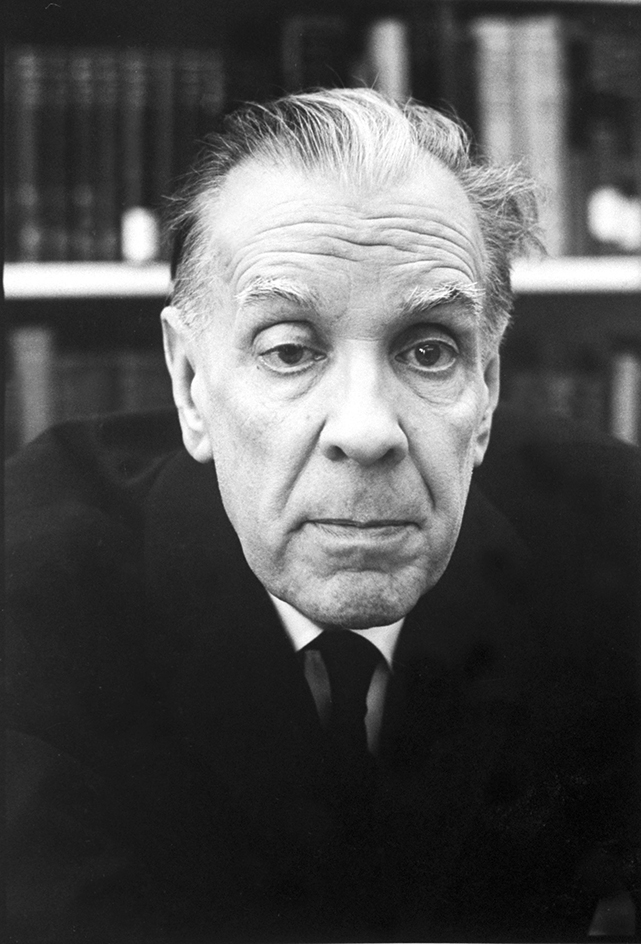
Jorge Luis Borges emerged as the key figure in Latin American literature of the 1900’s. A renowned poet, essayist, and short-fiction writer, Borges became the cornerstone of contemporary Latin American literature and the most influential figure for writers of the 1960’s and 1970’s. His writings include two classic collections of short stories, Ficciones (1944) and The Aleph (1949).
During the mid-1940’s, writers combined authentic subject matter, varied themes, and experiments in language to produce the “new novel.” Examples of the new novel include The Invention of Morel (1940) by Adolfo Bioy Casares of Argentina, El señor presidente (1946) by Miguel Angel Asturias of Guatemala, The Edge of the Storm (1947) by Agustín Yáñez of Mexico, Adán Buenosayres (1948) by Leopoldo Marechal of Argentina, Born Guilty (1951) by Manuel Rojas of Chile, The Lost Steps (1953) by Alejo Carpentier of Cuba, and Pedro Páramo (1955) by Juan Rulfo of Mexico.
The leading Latin American poet at midcentury was the Mexican Nobel laureate Octavio Paz. Paz also wrote essays on literary criticism, art, and politics. His essay The Labyrinth of Solitude (1950) is a comprehensive reflection on Mexico’s historical past and present. Other writers with an interest in social and political poetry included Nicolás Guillén of Cuba, Nicanor Parra of Chile, and Ernesto Cardenal of Nicaragua. Their writings called attention to class conflicts, abusive governments, and undesirable foreign intervention.
The “Boom.”
During the middle to late 1900’s, interest in Latin American literature grew worldwide because of the large number of important novels written by Latin American authors from the late 1950’s to the early 1970’s. This period became known as the “Boom of Latin American literature.” The major writers of the Boom were Gabriel García Márquez of Colombia, Julio Cortázar and Manuel Puig of Argentina, Carlos Fuentes of Mexico, Guillermo Cabrera Infante of Cuba, Mario Vargas Llosa of Peru, and José Donoso of Chile.
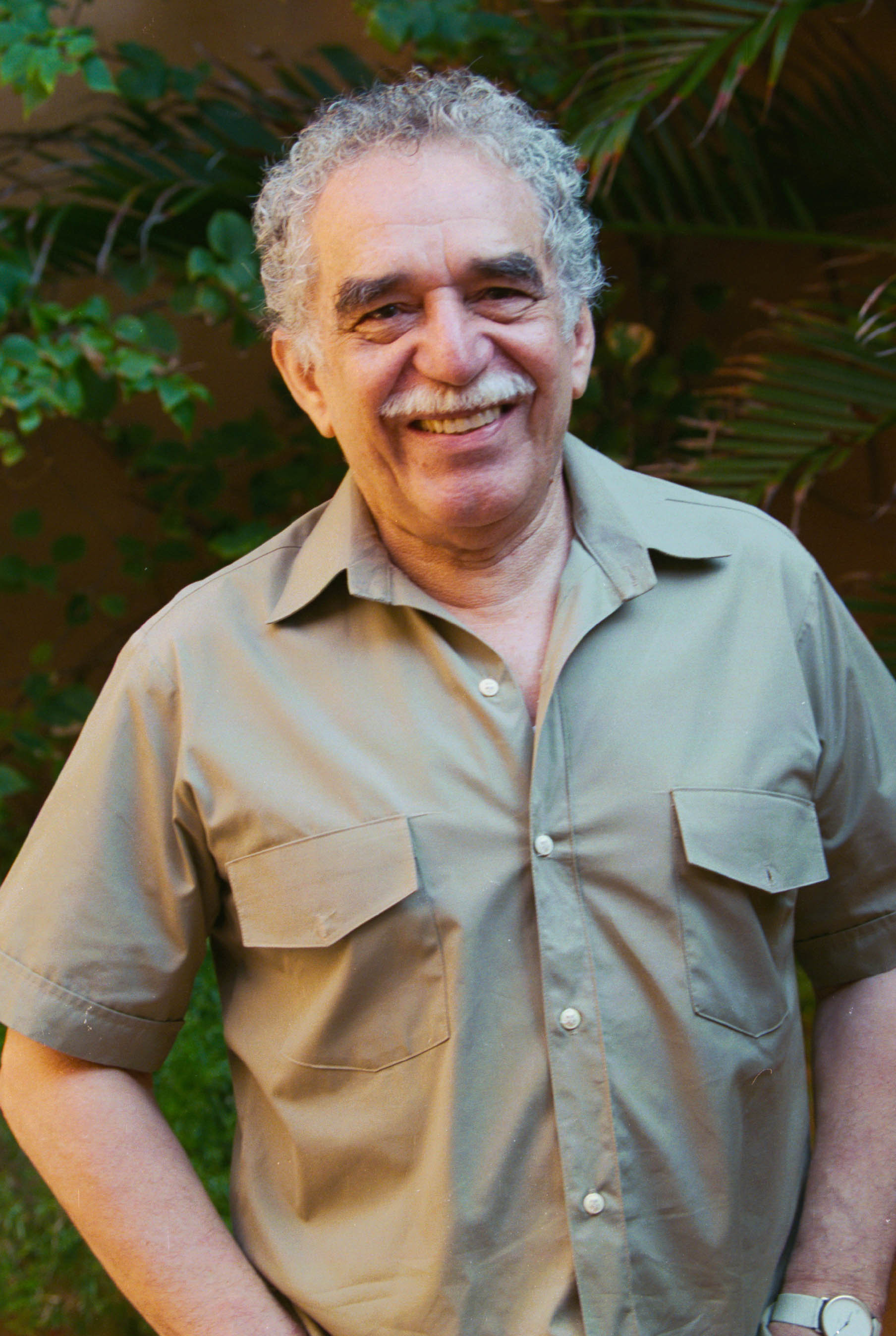
The Boom became known mostly for the use of magic realism, a style originated by Jorge Luis Borges in the 1940’s that blended dreams and magic with everyday reality. Although not all Boom writers relied on magic realism, they all shared an interest in experimenting with language and plot structure, often injecting fantasy and fragmenting time and space in their narratives. Such writers as Fuentes, Cortázar, Cabrera Infante, Vargas Llosa, Donoso, and García Márquez sought a “new language” for Latin American writing. The critic Emir Rodríguez Monegal called it “a revolutionary language,” because most of the Boom’s major works were conceived with the Cuban Revolution as the most important historical moment of their literary generation.

The most significant Boom novels include Fuentes’s Where the Air Is Clear (1958), The Death of Artemio Cruz (1962), and Terra Nostra (1975); Vargas Llosa’s The Time of the Hero (1962) and Conversation in the Cathedral (1969); Cortázar’s Hopscotch (1963); García Márquez’s One Hundred Years of Solitude (1967) and The Autumn of the Patriarch (1975); Donoso’s The Obscene Bird of Night (1970); and Puig’s Betrayed by Rita Hayworth (1968) and Kiss of the Spider Woman (1976). Other important writers affiliated with the Boom period include Adriano González Leon of Venezuela; Vicente Leñero of Mexico; Alfredo Bryce Echenique of Peru; Augusto Roa Bastos of Paraguay; Mario Benedetti and Juan Carlos Onetti of Uruguay; and Alejo Carpentier, Severo Sarduy, José Lezama Lima, and Reinaldo Arenas of Cuba. In Brazil, two key writers emerged during the Boom, João Guimarães Rosa and Clarice Lispector.
The post-Boom
is a period that began in the 1970’s and continues into the 2000’s. It is not a unified literary movement. Post-Boom novelists explore new subjects and approaches. Their writings include testimonial narratives and romance novels, and their interests include popular culture and such mass media as television, motion pictures, and popular music. Writers in the post-Boom often have a less complicated narrative style than the Boom novelists. Some Boom authors continued to be productive in the 1980’s and 1990’s with such works as Puig’s Tropical Night Falling (1988), Donoso’s The Garden Next Door (1981), García Márquez’s Love in the Time of Cholera (1985), Vargas Llosa’s The War of the End of the World (1981), and Fuentes’s Christopher Unborn (1987). Other Latin American writers during the post-Boom period gained international attention through film adaptations of their literary works. For example, Chilean writer Antonio Skármeta’s novel Burning Patience (1985) was used for the script of Michael Radford’s 1994 film Il Postino/The Postman.
Also starting in the 1980’s, novels with a strong woman’s point of view began to receive widespread recognition. The Boom had been primarily a male phenomenon. The “female Boom” was led by the Chilean writer Isabel Allende and her novel The House of the Spirits (1985). It continued with such titles as Eva Luna (1987) by Allende, Mexican Bolero (1985) and Lovesick (1997) by Ángeles Mastretta of Mexico, Like Water for Chocolate (1990) by Laura Esquivel of Mexico, Sleep (1994) by Carmen Boullosa of Mexico, The Ship of Fools (1984) by Cristina Peri Rossi of Uruguay, The Inhabited Woman (1988) by Gioconda Belli of Nicaragua, The House on the Lagoon (1995) by Rosario Ferré of Puerto Rico, and I Gave You All I Had (1996) by Zoé Valdés of Cuba.
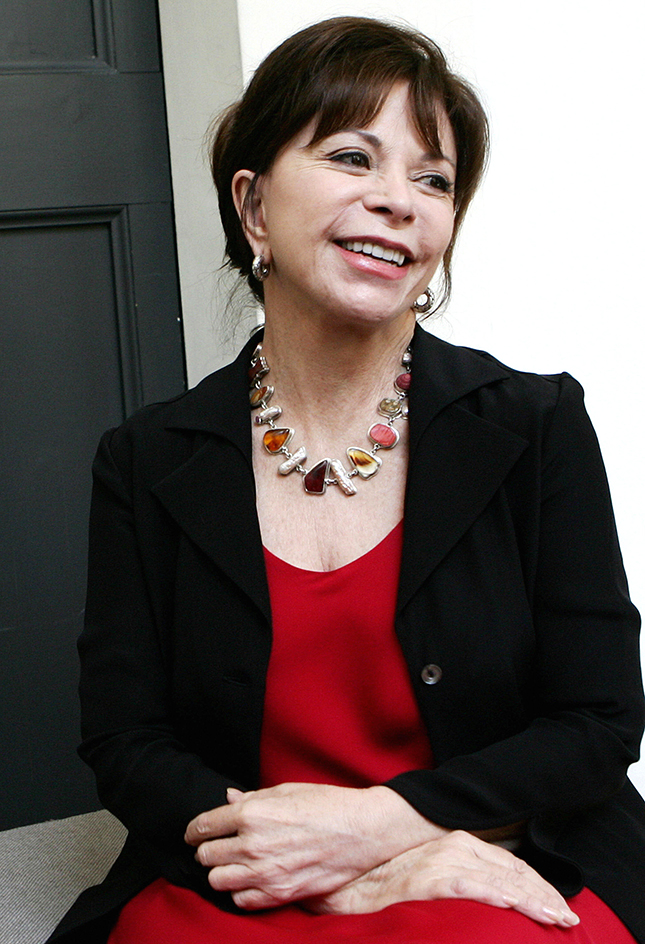
In addition to the upsurge in women’s writing in the 1980’s, two testimonial accounts in the post-Boom period became important works in voicing the plight of women in Latin America. These works were I, Rigoberta Menchú: An Indian Woman in Guatemala (1983) by Rigoberta Menchú and Let Me Speak! Testimony of Domitila, A Woman of the Bolivian Mines (1978), written by Domitila Barrios de Chungara and Moema Viezzer.
In the 1990’s, Latina writers expanded their presence in Latin American literature. These authors may write in either English or Spanish or in a combination of both. Although their works often rely on their personal experiences growing up Latina in the United States, some of their narratives follow the Latin American literary tradition. Such is the case in Sandra Cisneros coming-of-age story The House on Mango Street (1984), Cristina Garcia’s Dreaming in Cuban (1992), and Esmeralda Santiago’s When I Was Puerto Rican (1993). The publishing success and critical acclaim of Latino writers has produced two Pulitzer Prize winners, Oscar Hijuelos in 1990 for The Mambo Kings Play Songs of Love and Junot Diaz in 2008 for The Brief Wondrous Life of Oscar Wao.
Recent developments
In the late 1900’s and early 2000’s, a new group of writers began to express their concerns about a variety of social and cultural issues. These subjects include poverty, political persecution and other violations of human rights, and issues surrounding gender and sexuality. The writers deal with these topics in a variety of literary forms and often include references to the digital age in their writing.
One of the most important woman poets of the time was Salvadoran-born Claribel Alegría. She wrote about injustice from a political and feminist view during the late 1900’s. However, the most significant authors dealing with serious issues were novelists, including Laura Restrepo, Héctor Abad Faciolince, Fernando Vallejo, and Juan Gabriel Vásquez of Colombia; Leonardo Padura and Pedro Juan Gutiérrez of Cuba; César Aria, Ricardo Piglia, and Andrés Neuman of Argentina; Elmer Mendoza, Yuri Herrera, Mario Bellatín, and Guadalupe Nettel of Mexico; Pedro Lemebel and Alberto Fuguet of Chile; Jaime Bayly and Santiago Roncagliolo of Peru; and Edmundo Paz Soldán of Bolivia. The most important writer from this period is arguably Roberto Bolaño of Chile, who—following the rich literary tradition of Borges and the Boom writers—produced such well-crafted narratives as By Night in Chile (2000) and 2666 (2004). These works have become mandatory reading for anyone interested in contemporary Latin American literature.
